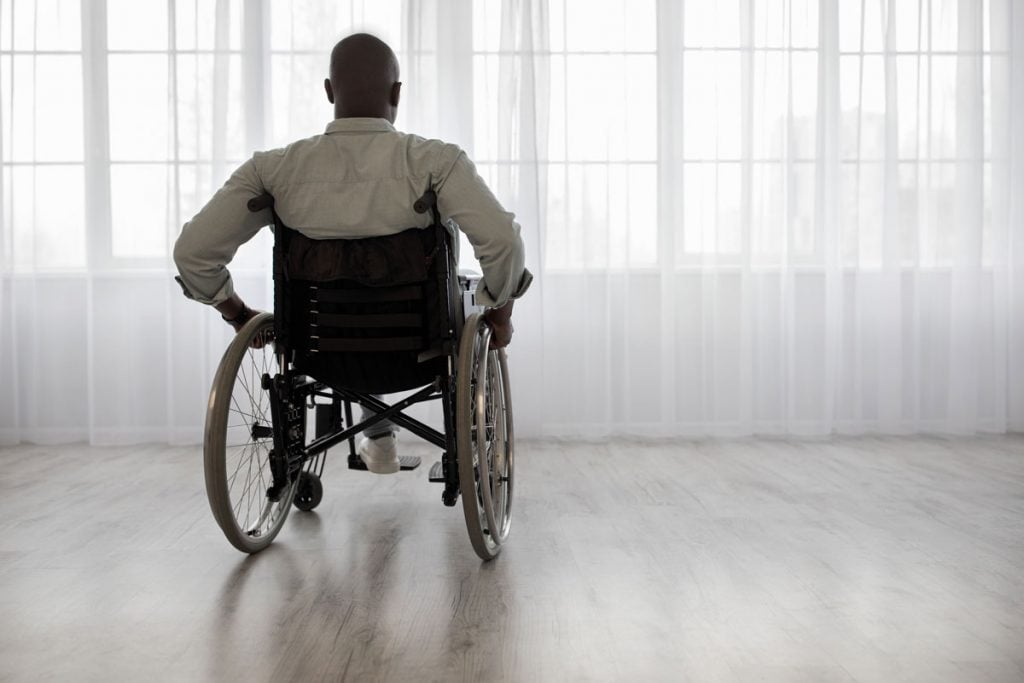Written By: Dale Orlando and Emma Pedota, Summer Student
No-fault auto insurance benefits in Ontario are set out in the Statutory Accident Benefits Schedule (“SABS”) which creates three categories of injuries that determine how much money will be available to an individual after being injured in an auto incident. The first category is the Minor Injury Guideline (MIG). An individual will be classified under MIG if they experience whiplash-related injuries, muscular strains/sprains, contusions, and/or lacerations.[1] Individuals who fall under MIG are entitled to $3,500 for their medical-rehabilitation needs.
An individual who does not fall into the MIG will be classified as non-catastrophic (non-CAT) which typically provides up to $65,000 of medical-rehabilitation and attendant care funding, for up to five years.
If an individual has sustained more serious injuries than those outlined under the MIG and non-CAT designation, they may meet the description of catastrophic impairment (CAT). To be found catastrophically impaired, an individual must meet one of the several criteria set out in the legislation. When classified as such by your insurer, the injured person has access to one million dollars over their lifetime for medical benefits, rehabilitation benefits, and attendant care benefits.
The SABS defines catastrophic impairment as one of the following:
- Paraplegia or tetraplegia
- Traumatic brain injury
- Blindness or a loss of vision of both eyes
- Amputation or severe impairment of the ability to move or use one arm or to walk independently
- Physical impairment or a combination of physical impairment that results in 55 percent whole person impairment
- Severe mental/behavioral disorder in three or more areas of function
It is important to note that the designation of a catastrophic injury is different for children than for adults with regard to brain injuries. This is because a brain injury in children may not be immediately apparent. For other injuries, including spinal injuries, blindness, loss of limbs, etc., children are evaluated for a catastrophic injury in the same way as adults.
Causes of Catastrophic Injuries
Catastrophic injuries can be caused by a variety of factors. Some of the most common causes of catastrophic injuries are:
- Car accidents
- Motorcycle accidents
- Pedestrian-motorist collisions
- Cycling-motorist collisions
Changes in Ontario Law
Recent changes to Ontario law have made it more difficult for individuals to recover compensation after suffering a catastrophic injury. For example, the previous regime allowed victims to receive up to $1 million in medical and rehabilitation benefits and up to $1 million in attendant care benefits. The current regime has reduced these benefits to allows individuals to receive up to $1 million for medical, rehabilitation, and attendant care benefits.
Tort Action Against a Negligent Party
In addition to receiving benefits from your own insurer, an individual who has been seriously injured as a result of a motor vehicle incident is entitled to sue the negligent party for damages. The tort system is designed to put the innocent injured party in the financial position that he or she would have been if the injury had not occurred. Some of the heads of damages in a tort action include:
- Loss of past income
- Loss of future income
- Cost of attendant care and future care
- Housekeeping and home maintenance
- Special damages
- General damages for pain and suffering and loss of enjoyment of life
In Ontario, there are caps on damage awards that may limit a catastrophically impaired individual’s recovery. For example, there is a limit on damages for pain and suffering, which is capped at about $370,000 as of 2020, subject to inflation each year. However, damages for income loss and future cost of care do not have a cap.
If you or a loved one have been catastrophically injured, or if your pursuit of catastrophic designation has been denied by your insurer, call McLeish Orlando for a free consultation.






